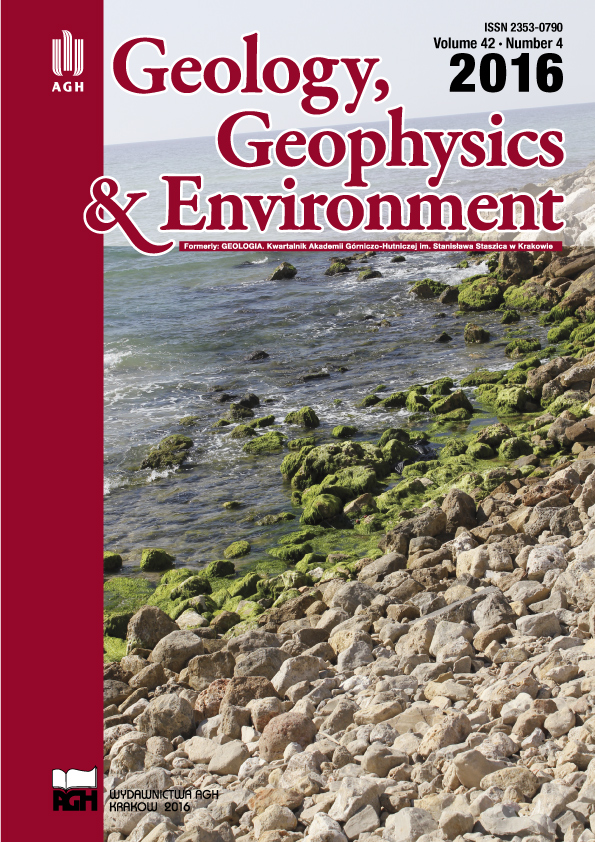An analysis of solar energy conversion systems based on photon and thermal processes
##plugins.themes.bootstrap3.article.main##
Keywords
Abstrakt
Solar spectral irradiance covers a fairly broad wavelength range. Solar radiation is part of the electromagnetic spectrum which is described by the concept of wave-particle duality. The corpuscular theory of electromagnetic radiation states that energy is transmitted by photons. Photons carry specific amounts of energy which can be used to convert solar energy into other types of energy, in particular electricity.
The internal photoelectric effect is important for the conversion of solar energy to electricity because the efficiency of the external photoelectric effect is too low. Every quantum of solar energy also carries a certain amount of energy which can be converted into heat energy.
The objective of the paper is to analyze and compare the efficiency of solar energy conversion in photon and thermal processes, to review the technological advances made in this field, and to indicate potential directions for the development of systems converting solar energy to electricity.
##plugins.generic.usageStats.downloads##
Bibliografia
Bell L.E., 2008. Cooling, Heating, Generation Power, and Recovering Waste Heat with Thermoelectric Systems. Science, 321, 1457–1461.
Congreve D.N., Lee J., Thompson N.J., Hontz E., Yost S.R., Reusswig P.D., Bahlke M.E., Reineke S., Van Voorhis T. & Baldo M.A., 2013. External Quantum Efficiency Above 100% in a Singlet-Exciton-Fission–Based Organic Photovoltaic Cell. Science, 340, 334–337.
De Vos A., 1980. Detailed balance limit of the efficiency of tandem solar cells. Journal of Physics D: Applied Physics, 13, 839–846.
Dragoman D. & Dragoman M., 2007. Giant thermoelectric effect in graphene. Applied Physics Letters, 91, 203116–203116-3.
Meir S., Stephanos C., Geballe T.H. & Mannhart J., 2013. Highly-efficient thermoelectronic conversion of solar energy and heat into electric power. Journal of Renewable and Sustainable Energy, 5, 043127- 1–043127-15.
Peters M., Goldschmidt J.Ch., Loper P., Gros B., Upping J., Dimroth F., Wehrspohn R.B. & Blasi B., 2010. Spectrally-Selective Photonic Structures for PV Applications. Energies, 3(2), 171–193.
Pope M. & Swenberg Ch.E., 1999. Electronic Processes in Organic Crystals and Polymers. 2nd ed. Oxford University Press.
PV Measurements, http://pvmeasurements.com [access: 10.10. 2016].
Quintana H.A., Song E., Wang G.T. &. Martinez J.A., 2013. Heat Transport in Novel Nanostructured Materials and their Thermoelectric Applications. Chemical Engineering and Process Techniques, 1, 1–5.
Schwede J.W., Bargatin I., Riley D.C., Hardin B.E., Rosenthal S.J., Sun Y., Schmitt F., Pianetta P., Howe R.T., Shen Zhi-Xun & Melosh N.A. 2010. Photon-enhanced thermionic emission for solar concentrator systems. Nature Materials, 9, 762–767.
Segev G., Rosenwaks Y. & Kribus A., 2015. Limit of efficiency for photon-enhanced thermionic emission vs. photovoltaic and thermal conversion. Solar Energy Materials and Solar Cells, 140, 464–476.
Shockley W. & Queisser H.J., 1961. Detailed Balance Limit of Efficiency of p-n Junction Solar Cells. Journal of Applied Physics, 32, 510–519.
Snyter G.J., 2008. Small Thermoelectric Generators. Electrochemical Society Interface, 17, 3, 54–56.
Sze S.M. & Ng Kwok K., 2006. Physics of Semiconductor Devices. 3rd ed. Wiley.
Thekaekara M.P., 1976. Solar Radiation Measurement: Techniques and Instrumentation. Solar Energy, 18, 309–325.


